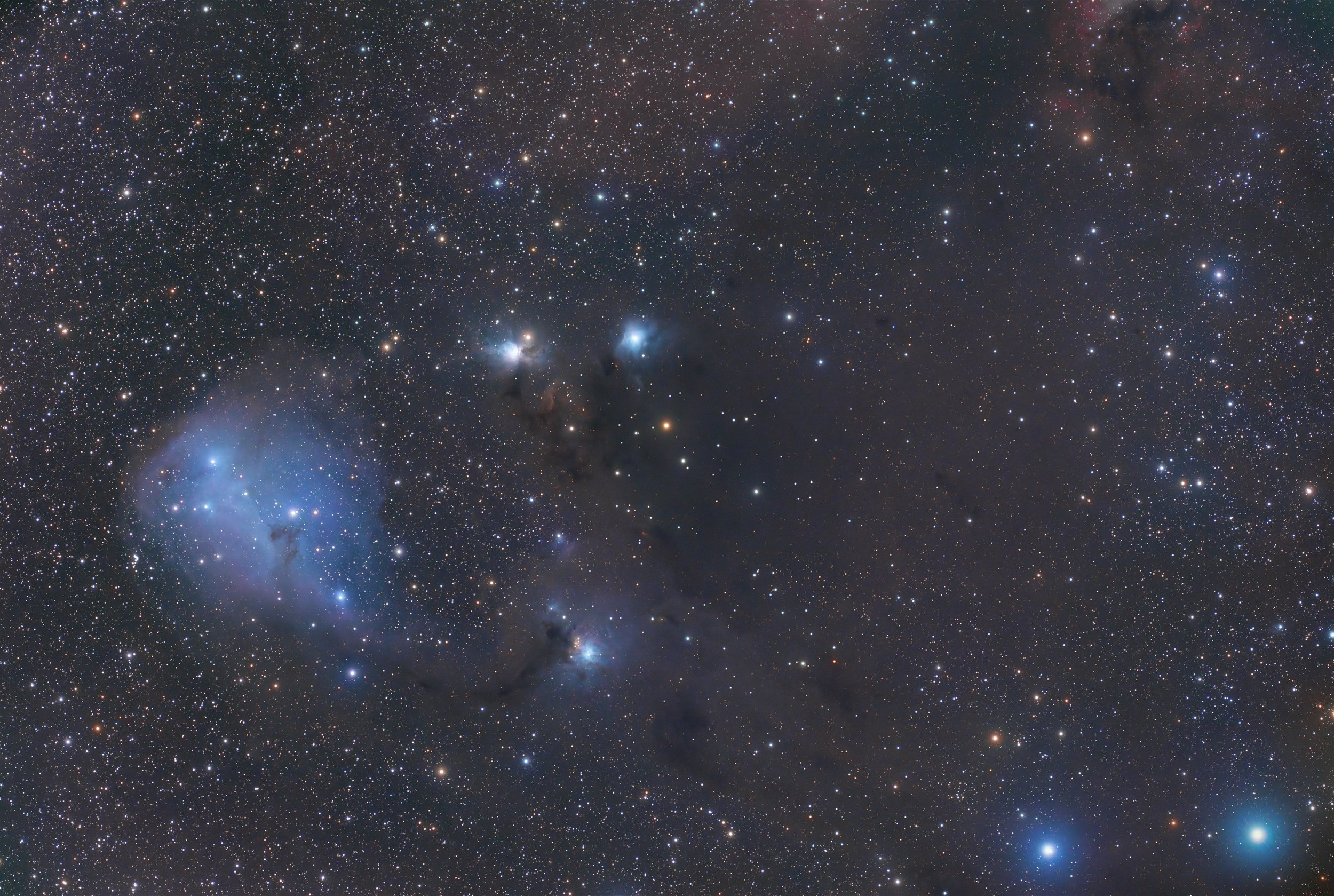
AAPOD2 Image Archives
Three Galaxies in Cosmic Proximity
The Leo Triplet, also known as the M66 Group, is a stunning assembly of three spiral galaxies—M65, M66, and NGC 3628—located about 35 million light-years away in the constellation Leo. Captured in RGB, this image showcases the unique characteristics of each galaxy.
M65 appears as a smooth and tightly wound spiral, suggesting a relatively undisturbed structure.
M66, in contrast, exhibits asymmetric spiral arms and a pronounced central bar, shaped by past gravitational interactions.
NGC 3628, often called the Hamburger Galaxy, is seen edge-on with a dark dust lane cutting across its bright core.
The Triplet is the presence of a tidal tail extending from NGC 3628, formed by gravitational forces during close encounters with its neighbors. This faint stream of stars and gas stretches over 300,000 light-years, offering evidence of the dynamic and interactive nature of these galaxies. Such cosmic interactions not only distort galaxy shapes but also trigger bursts of star formation, enriching the view with regions of glowing hydrogen and young stellar clusters.
M82 – A Deep Integration of the Cigar Galaxy
M82, commonly known as the Cigar Galaxy, is a starburst galaxy located approximately 12 million light-years away in the constellation Ursa Major. As a key member of the M81 Group, M82 is undergoing intense star formation, likely triggered by gravitational interactions with its massive neighbor, M81. This activity results in powerful winds that expel filaments of ionized gas, making the galaxy’s bright core and dramatic H-alpha outflows some of its most striking features.
This deep image of M82 was captured using two different telescope setups over multiple years. An initial 30 hours were collected with a Celestron EdgeHD 800 at 2000mm f/10 paired with an ASI294MM, while an additional 82 hours were acquired this year using a SharpStar SCA260 at 1300mm f/5 with an ASI2600MM. Due to interference from overhead power lines, luminance data was not used, as it prominently showed unwanted artifacts. Instead, only RGB and H-alpha data were integrated, with narrowband exposures effectively enhancing the dramatic outflows of ionized gas streaming from the galaxy’s core. Of the total 112 hours of imaging, the best 101 hours were selected, allowing for an exceptionally detailed rendering of M82’s turbulent structure and energetic starburst activity.



